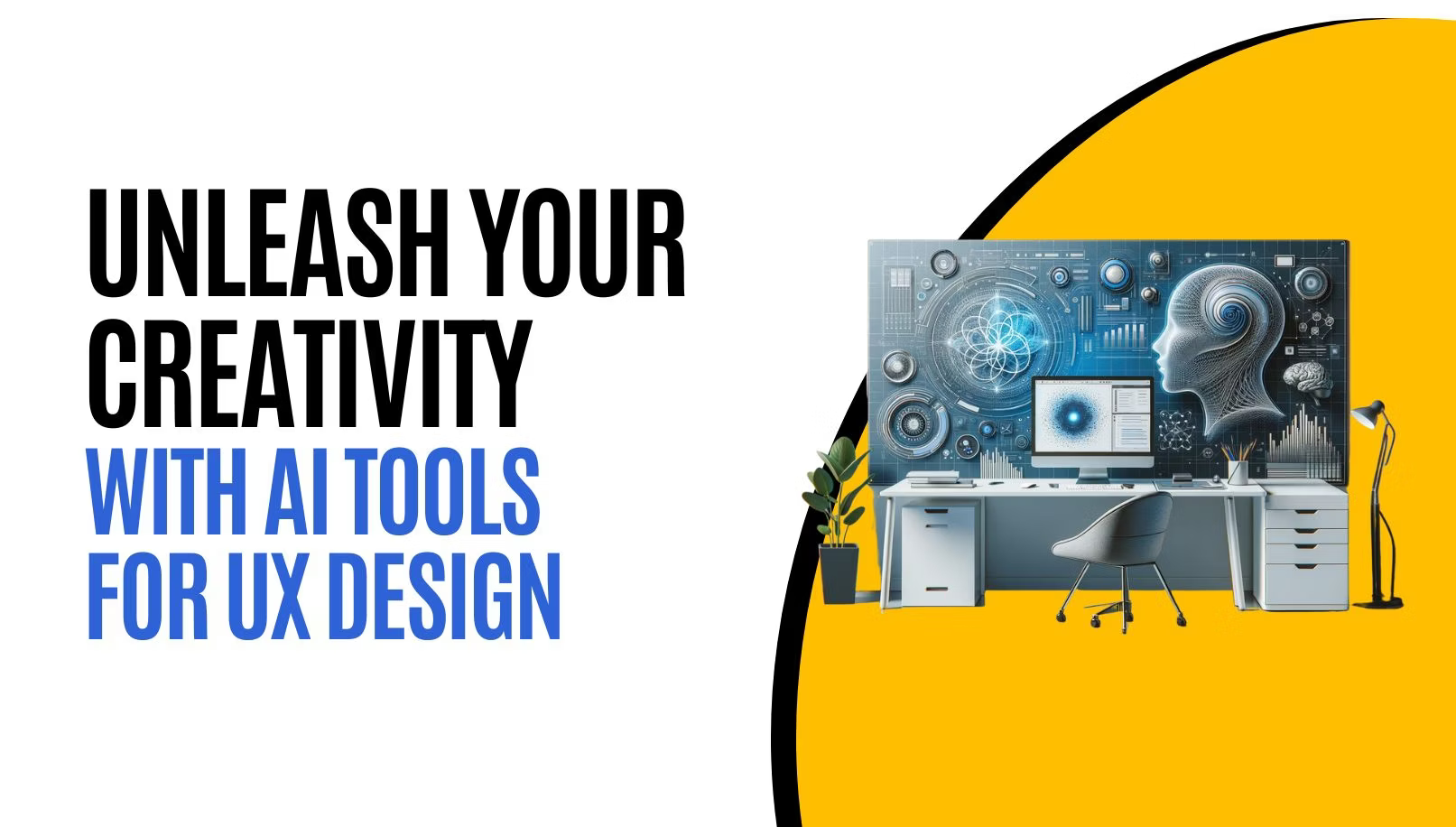Unleashing Creativity with AI Tools for Product Design

In the realm of design, artificial intelligence (AI) is no longer a futuristic concept. It's here, and it's revolutionizing the way we approach product design. This article explores various AI tools for product design, their unique features, and how they can enhance your creative process.
AI tools for product design are not just about automating tasks. They are about enhancing creativity, making design more accessible, and transforming ideas into tangible products.
- Idea Generation and Conceptualization: AI tools are revolutionizing the brainstorming phase by analyzing vast datasets to identify emerging trends, customer preferences, and market gaps. Designers can leverage AI-generated insights to develop unique concepts that align with current demands, resulting in more relevant and innovative product ideas.
- Design Exploration and Iteration: AI-powered design platforms facilitate rapid iteration by generating a multitude of design variations in a short span. Designers can input specific parameters, such as colors, shapes, and materials, and let AI generate numerous alternatives. This accelerates the exploration of design possibilities, enabling designers to experiment and fine-tune their concepts efficiently.
- Data-Informed Design Decisions: AI's ability to analyze customer data, feedback, and market trends empowers designers to make data-driven design decisions. By understanding user behavior and preferences, designers can create products that resonate with the target audience, enhancing user satisfaction and engagement.
- Predictive Trends and Insights: AI algorithms can forecast future design trends based on historical data and emerging patterns. This insight allows designers to stay ahead of the curve and proactively create products that align with anticipated market demands, minimizing the risk of designing products that become obsolete quickly.
- Customization and Personalization: AI enables mass customization by generating personalized designs tailored to individual customers. Designers can create product templates that AI adapts based on user preferences, resulting in unique, tailor-made products that cater to diverse customer needs.
- Sustainability and Material Innovation: AI-driven simulations aid in assessing the environmental impact of various design choices, such as materials and manufacturing processes. Designers can make informed decisions that minimize ecological footprints and contribute to sustainable product design.
- Prototyping and Testing: AI accelerates the prototyping phase by generating 3D models and virtual prototypes based on design specifications. This allows designers to visualize products more accurately and conduct virtual testing before physical prototypes are created, saving time and resources.
- Design Automation and Efficiency: Repetitive design tasks, such as generating technical drawings or creating product documentation, can be automated using AI. This frees up designers' time, allowing them to focus on more creative and strategic aspects of the design process.
- Cross-Disciplinary Collaboration: AI-powered collaboration tools facilitate seamless communication and feedback exchange among multidisciplinary teams, including designers, engineers, marketers, and stakeholders. This integration ensures that every aspect of the product's design is aligned, reducing misunderstandings and streamlining workflows.
- Product Lifecycle Management: AI aids in analyzing product performance data post-launch, informing design improvements and updates. By continuously monitoring user behavior and feedback, designers can iterate on existing products to enhance user experiences and extend product lifecycles.
Kamtech's expedition into transforming AI tools:
The concept of AI weaving its influence into the fabric of product design is no longer an abstraction – it's a reality that ushers in possibilities previously unimagined. This journey will illuminate how Kamtech mirrors this transformative spirit, inviting you to traverse a path paved by advanced machine learning models, resulting in precision-driven decisions that redefine the very contours of product design.
- Xinva: Unleash Design Diversity Xinva allows users to generate designs for a diverse range of products, from t-shirts to stickers. With a variety of pricing options, Xinva offers a solution for both hobbyists and professionals.
- MYTH: Pioneering Patterns Another tool that is making waves in the design industry is MYTH. This AI tool can design patterns for various integrations, including textiles, gaming, and decoration. Although the pricing details for MYTH are not available, its unique features make it a tool worth exploring.
- Pebblely: Crafting Visual Stories AI is not only transforming the way we design products but also how we present them. Pebblely uses AI to create stunning product photoshoots. Pebblely offers a range of pricing options.
- Mokker AI: Evolving Product Imagery Mokker AI adds another dimension to the canvas of product presentation. Although details about pricing remain concealed, its promise lies in elevating the aesthetics of product imagery, making the ordinary extraordinary.
- Genusoft: Pioneering Prototyping When it comes to prototyping, AI tools like Genusoft is a game-changer. It allows users to create designs for products and product prototypes, streamlining the design process and saving valuable time. While you need to contact Genusoft for pricing details, Visualize AI offers a range of pricing options, making it accessible for different budgets.
- Amaizon: Crafting Visions to Reality Amaizon grants users the power to materialize their visions into tangible products and prototypes. It’s not just about products; it's about nurturing dreams into reality.
- Rocket AI: Shaping Design Narratives This versatile tool offers a spectrum of services encompassing product photoshoots, design creation, and intricate product descriptions. What’s more, Rocket AI aligns its pricing options with the diverse tapestry of businesses, offering flexibility for all sizes to tap into the transformative might of AI.
AI tools for product design are not just about automation. They are about enhancing creativity, making design more accessible, and transforming ideas into tangible products. Whether you're a seasoned designer or a beginner, these tools can help you take your designs to the next level.
Are you interested in implementing these AI tools in your company? We offer Generative AI Consulting and Gen AI Software Development services. Contact us today to learn how we can help you enhance your design process and improve overall efficiency.
FAQs:
Q: Why using AI in product design?
A: AI in product design optimizes creativity, automates tasks, and transforms concepts into tangible products. It streamlines processes, making design more accessible and efficient.
Q: Can AI tools predict design trends?
A: AI tools can analyze large datasets to identify emerging design trends, providing designers with insights into what's popular in the design world.
Q: How does AI generate Design Ideas?
A: AI tools offer design recommendations, generate ideas based on input, and help designers explore various design directions quickly.

